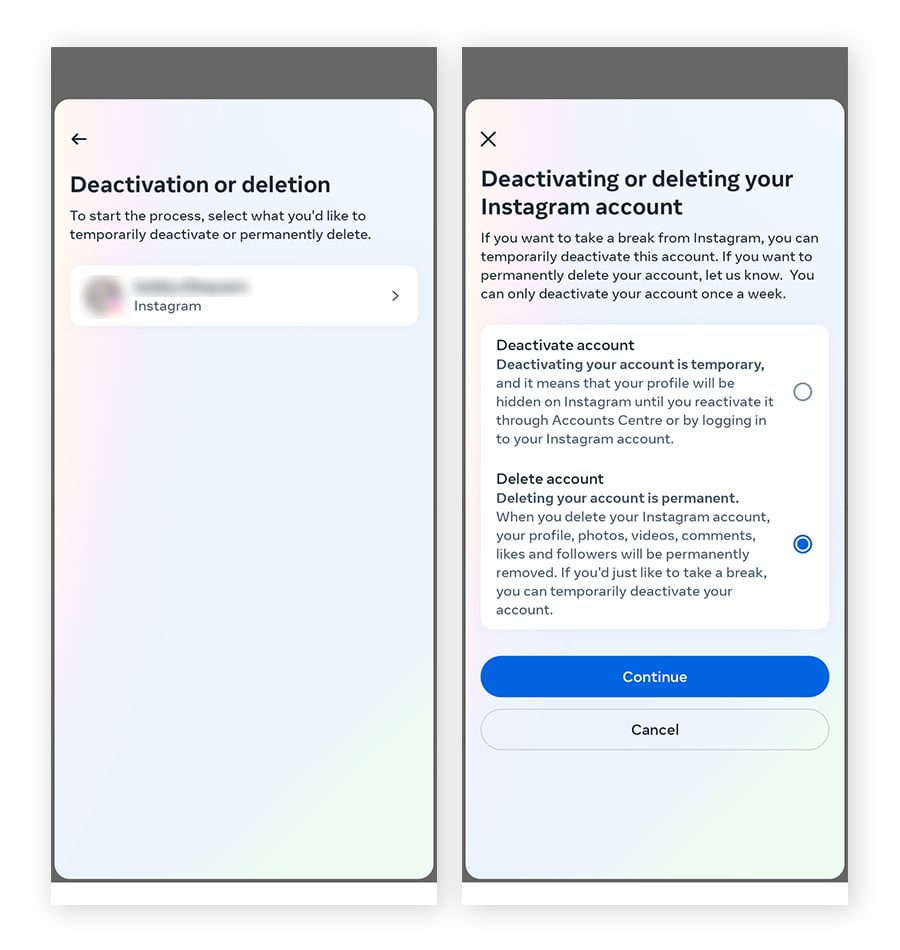Smart Ways to Close an LLC: Essential Steps for 2025
Dissolving a Limited Liability Company (LLC) can be a complex process, but understanding key steps can make it manageable and straightforward. Whether you're closing a single-member LLC or a multi-member LLC, knowing the essential steps for 2025 is crucial. This article will guide you through the LLC dissolution process, covering the important steps involved, necessary paperwork, and potential legal implications.
Some of the benefits of properly dissolving your LLC include safeguarding your personal assets, fulfilling all final tax obligations, and ensuring that all debts and obligations are settled. Understanding how to effectively close an LLC can help you avoid common pitfalls and ensure compliance with state laws.
This roadmap will outline the essential steps you need to take when dissolving your LLC, the documentation required, and resources available if you need professional help. Moreover, we will provide insights into the implications of the dissolution on LLC members and their liabilities. Let’s dive into the critical aspects of closing your LLC.
Understanding the LLC Dissolution Process
The first step in how to dissolve an LLC is to understand the overall process. Each state has specific requirements for the LLC termination process, and it’s essential to follow the appropriate guidelines to ensure proper closure. Start by reviewing your LLC operating agreement, as it may outline the methods for dissolution agreed upon by the members.
Generally, the dissolution process can be broken down into four key phases:
1. Agreement among Members
In a multi-member LLC, members must agree to dissolve the LLC. This can often be documented in a written resolution or amendment to the operating agreement. For single-member LLCs, the owner can make the decision independently, but it’s still advisable to document the decision formally.
2. Notify LLC Members
Once the decision to dissolve has been made, it is crucial to notify all members involved. Sending out a notice of dissolution can help ensure transparency and maintain good relations. Proper communication is vital, especially if there are pending financial obligations or assets to be liquidated.
3. Filing Dissolution Papers
Filing dissolution papers with the state is a legal requirement to formally initiate the closure of the LLC. Ensure you check state laws for specific forms and guidelines, as the requirements can differ significantly across jurisdictions.
After completing your initial agreement among members and notifications, it’s time to move forward. This leads us to the next crucial step: addressing any debts or obligations the LLC may be responsible for.
Handling LLC Debts and Obligations
One of the most important steps in the LLC dissolution process is addressing outstanding debts. Before finalizing the closure, you need to ensure that all creditors are paid and that any contractual obligations are met. This not only protects the business but also the personal assets of its members from any claims.
1. Communicating with Creditors
It’s essential to communicate with any creditors to settle outstanding balances. This is a good time to negotiate any payment plans or settle for less than the full amount if possible. Proper communication can greatly ease the process and help maintain goodwill.
2. Liquidating Assets
If the LLC holds assets, they will need to be liquidated or distributed among members after all debts are settled. This process may involve selling physical assets, collecting receivables, or distributing cash among members based on the operating agreement.
3. Retaining LLC Records Post-Dissolution
After dissolving the LLC, it is essential to retain records for a specific period based on the state laws. This documentation can be critical in case of audits or legal claims in the future. A guideline is to keep records for at least seven years for tax purposes and liability protection.
Once you’ve handled all debts and obligations, the next critical phase is filing your final tax return.
Final Tax Obligations for Your LLC
Completing your final tax obligations is another crucial step in knowing how to formally close an LLC. Depending on how your LLC is structured (single-member or multi-member), the final return requirements will vary.
1. Preparing the Final Return
Prepare the final tax return for your LLC. Ensure you report the income earned in the year you’re dissolving the business, including any capital gains or losses from asset sales. This return should clearly indicate that it’s the final return due to the dissolution of the LLC.
2. Liquidating the LLC’s Assets
Liquidating your LLC’s assets may result in capital gains that must be reported on your final return. Ensure proper documentation of how assets were valued and divided among members is in place. This helps in avoiding tax complications and showcases compliance during an audit.
3. Consulting with an Accountant or Legal Expert
Consider consulting an accountant or legal expert experienced in LLC closure documentation. They can provide invaluable insight into managing your tax obligations effectively, avoiding common pitfalls in the process, and safeguarding your assets.
As you approach the final steps of the LLC dissolution process, it’s essential to consider the distribution of any remaining assets, which leads us to our next crucial topic.
